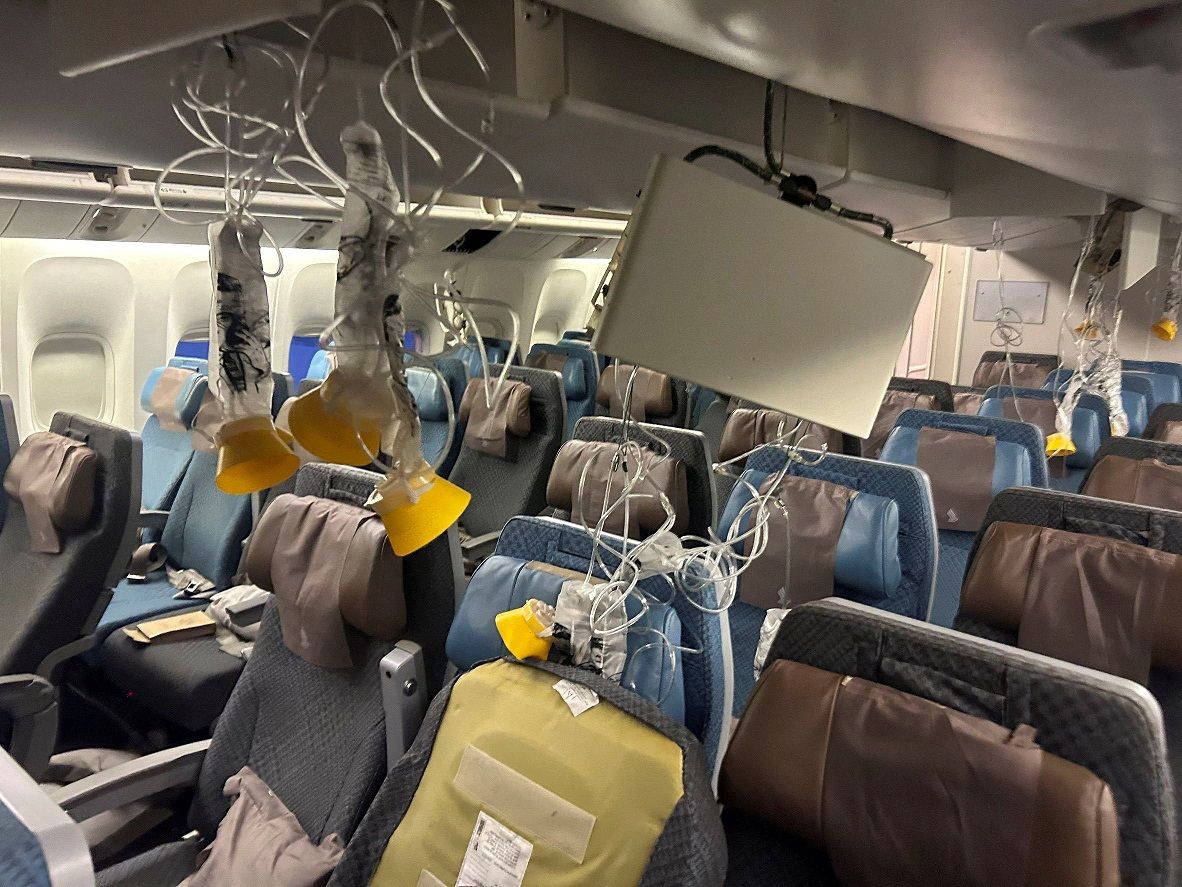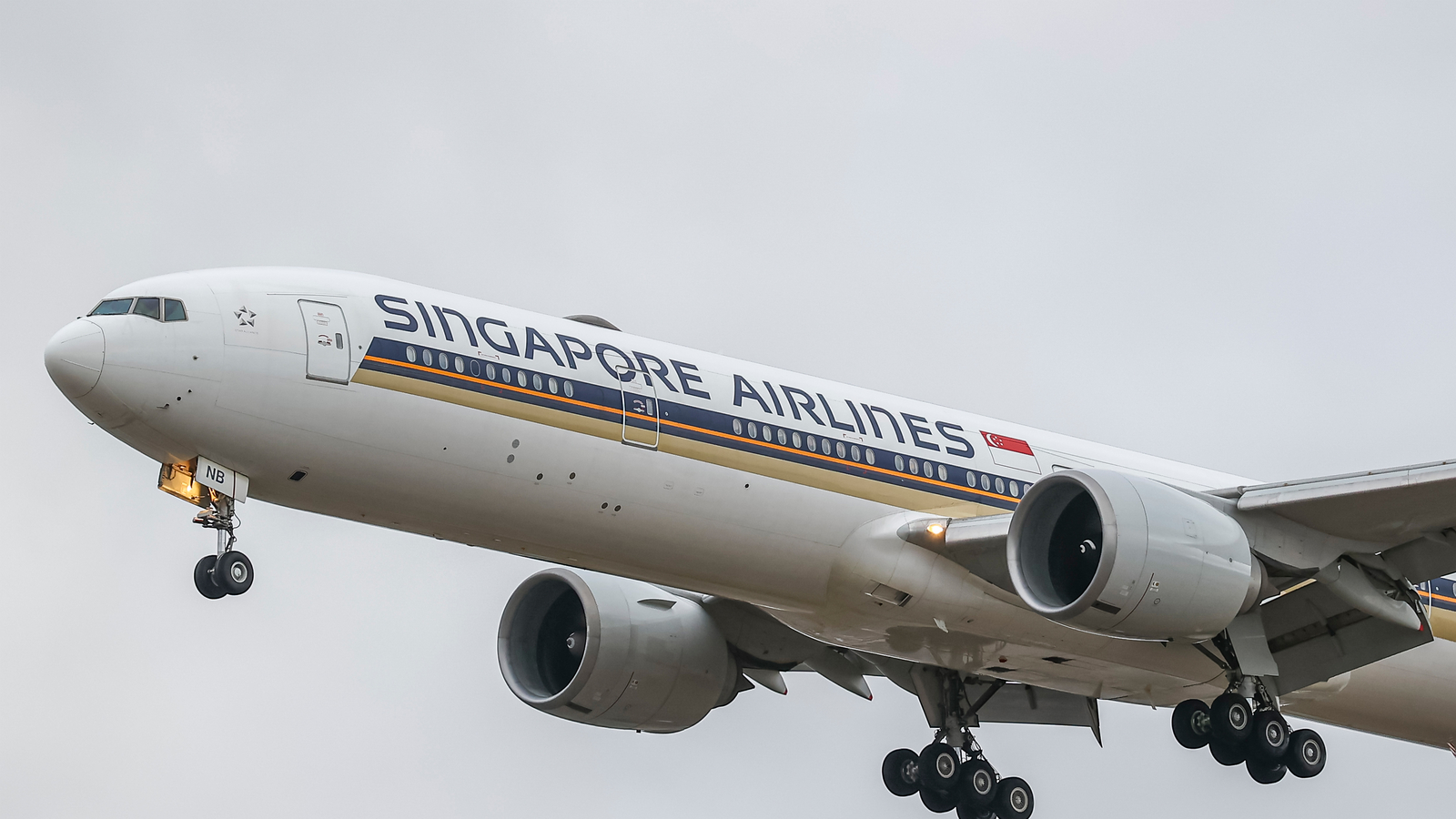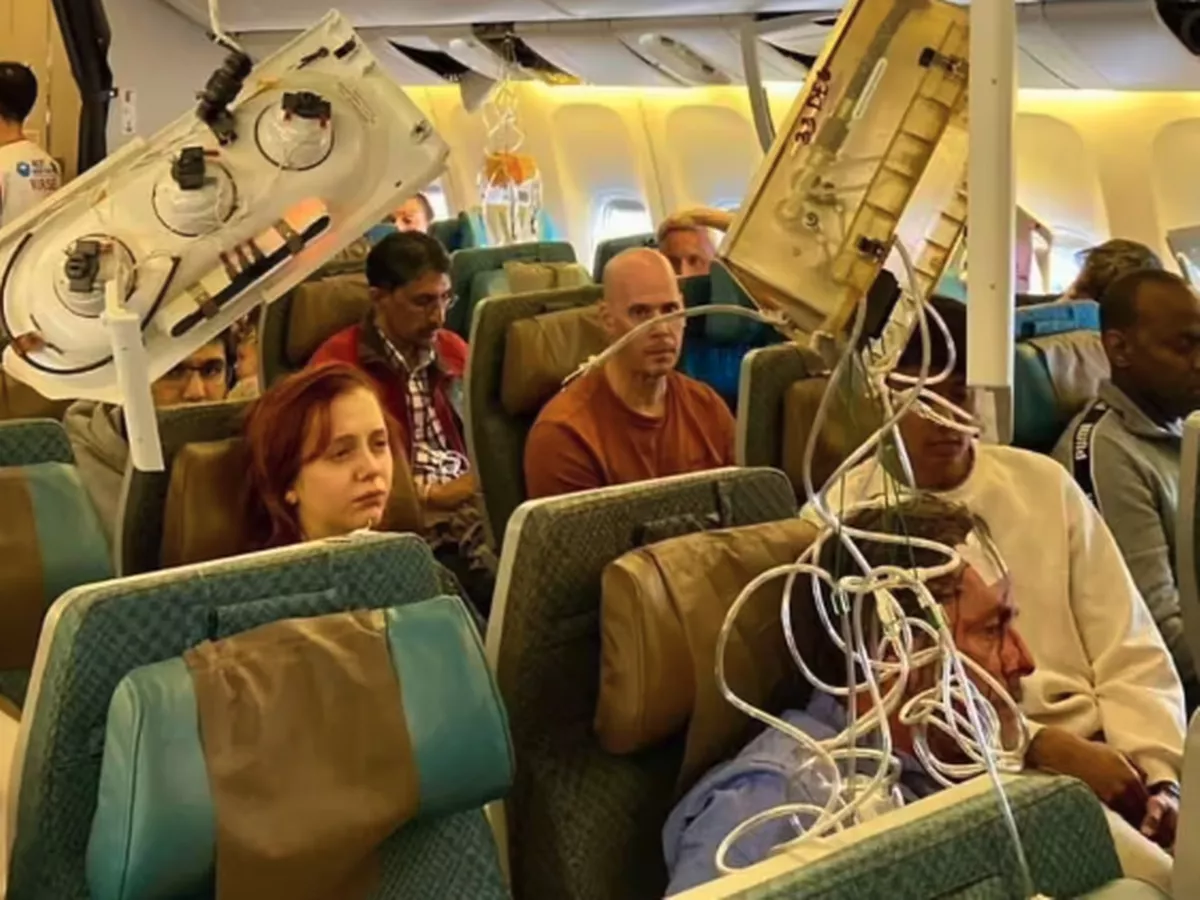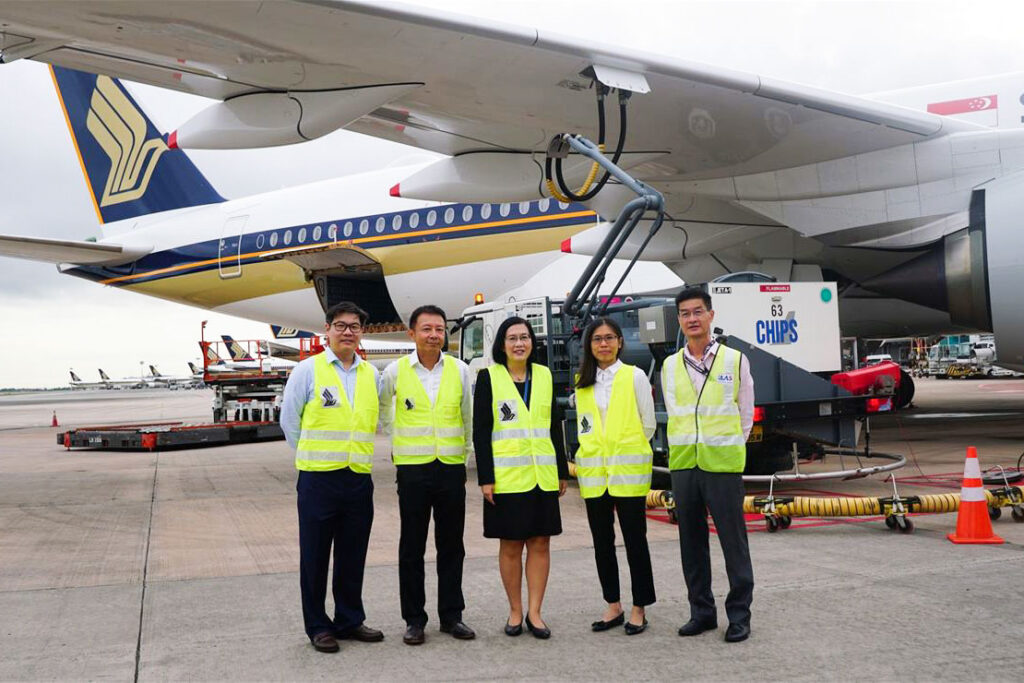Introduction
In the realm of air travel, every journey unfolds a multitude of stories, some mundane, others gripping, yet all significant in their own right. Among these narratives, the recent occurrence involving the unfortunate demise of a 73-year-old British gentleman during turbulence on a flight stands out. This incident, though tragic, beckons us to delve deeper into the circumstances surrounding it, exploring not only the factual details but also the broader implications it holds for aviation safety, passenger well-being, and the intricate dynamics of human mortality in transit.
Understanding the Context

Before embarking on the journey to unravel the story behind this somber event, it’s imperative to establish the contextual backdrop. Air travel, despite its undeniable allure and convenience, is not devoid of risks. Turbulence, often described as the ‘bumpy ride’ of the skies, remains one of the primary concerns for both passengers and aviation professionals. While modern aircraft are engineered to withstand a significant degree of turbulence, its unpredictability and sporadic nature can pose challenges, especially for vulnerable individuals such as the elderly or those with pre-existing health conditions.
The Narrative Unfolds

Against this backdrop, the sequence of events leading to the unfortunate passing of the British gentleman comes into focus. As the flight, en route to its destination, encountered turbulence, passengers were urged to fasten their seatbelts and brace for the rough patch ahead. In the midst of this atmospheric upheaval, the gentleman, whose identity has now been disclosed, succumbed to unforeseen complications, prompting an emergency response from the flight crew.
Revealing the Individual

With the veil of anonymity lifted, the identity of the British gentleman emerges, adding a layer of personal resonance to the narrative. His name, age, and perhaps even snippets of his life story begin to surface, transforming him from a statistic into a tangible figure with a history, aspirations, and loved ones left behind. This revelation not only humanizes the incident but also compels us to confront the fragility of life and the transient nature of our existence, even amidst the soaring heights of modern air travel.
Exploring the Impact

Beyond the immediate shock and sorrow surrounding the gentleman’s passing, there lies a broader spectrum of repercussions to be examined. From the emotional toll on fellow passengers to the logistical challenges faced by airline authorities in handling such exigencies, the impact reverberates across various spheres. Moreover, the incident reignites conversations around the adequacy of in-flight medical facilities, the efficacy of emergency protocols, and the need for enhanced support systems to cater to passengers with medical vulnerabilities.
Navigating the Legal and Ethical Terrain

In the aftermath of such incidents, questions pertaining to liability, accountability, and ethical responsibilities inevitably arise. Airlines, bound by stringent regulations and moral imperatives, find themselves at the forefront of scrutiny, tasked with navigating the legal intricacies while upholding their duty of care towards passengers. Concurrently, broader ethical considerations come into play, prompting reflections on the balance between commercial interests and human welfare in the aviation industry’s ethos.
Lessons Learned and Future Prospects

As we reflect on the narrative arc of this poignant saga, lessons emerge, illuminating pathways for improvement and resilience in the face of adversity. Enhanced training for flight crews in handling medical emergencies, proactive screening measures for passengers with pre-existing health conditions, and advancements in onboard medical equipment stand out as tangible avenues for mitigating risks and bolstering passenger safety. Furthermore, fostering a culture of empathy and solidarity among travelers underscores the importance of collective support in times of crisis, transcending the boundaries of nationality, age, or social status.
Conclusion
In the chronicles of air travel, each incident leaves an indelible mark, shaping the collective consciousness and informing future endeavors to ensure safer skies for all. The passing of the British gentleman amidst turbulence serves as a poignant reminder of the inherent vulnerabilities that accompany the privilege of flight. Yet, within this narrative of loss, there also exists a narrative of resilience, compassion, and the relentless pursuit of progress. As we honor the memory of those who’ve departed, let us also commit ourselves to a shared vision of aviation that prioritizes not only efficiency and innovation but also human dignity and well-being, soaring ever closer to the horizon of a safer, more compassionate sky.
FAQs
Q: What are the primary causes of turbulence during flights?
A: Turbulence during flights can be caused by various factors, including atmospheric conditions such as thunderstorms, wind shear, and changes in air pressure. Additionally, turbulence can also occur due to the aircraft’s interaction with natural phenomena like mountain waves or atmospheric disturbances.
Q: How common is turbulence during flights?
A: Turbulence is a common occurrence during flights, with varying degrees of intensity. Most turbulence encountered during commercial flights is mild to moderate and poses little risk to the safety of the aircraft. Severe turbulence, while less common, can occur, but modern aircraft are designed to withstand such conditions.
Q: Is turbulence dangerous?
A: While turbulence can be uncomfortable and unnerving for passengers, it is rarely dangerous. Modern aircraft are built to withstand the forces of turbulence, and pilots are trained to navigate through turbulent areas safely. However, it’s essential for passengers to follow crew instructions and fasten their seatbelts during turbulent conditions to minimize any potential risks.
Q: How can passengers cope with turbulence during flights?
A: Passengers can cope with turbulence during flights by remaining calm and following the instructions of the flight crew. Fastening seatbelts when seated, avoiding unnecessary movement around the cabin, and staying informed about the flight’s progress through announcements from the crew can help passengers feel more secure during turbulent conditions.
Q: What should passengers do if they experience anxiety or fear during turbulence?
A: If passengers experience anxiety or fear during turbulence, they can try to distract themselves with activities such as listening to music, reading, or watching in-flight entertainment. Deep breathing exercises and focusing on positive thoughts can also help alleviate feelings of anxiety. Additionally, speaking to a flight attendant or fellow passenger for reassurance can provide support during turbulent moments.


